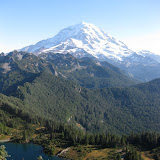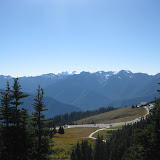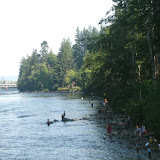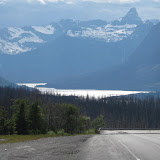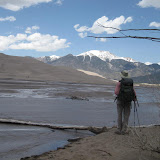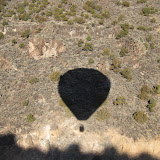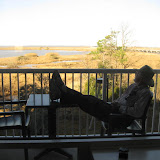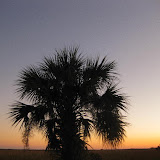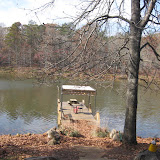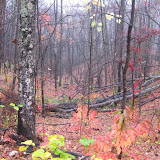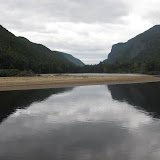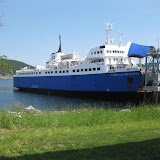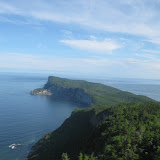We are all forced to live in magical bubbles; but the alternative is madness. We begin life in a bubble-like uterus where we are one with mother and she keeps us protected from extreme noise or temperatures and from hunger for food or air. But then we must contend with the traumatic ejection from that secure bubble and into a fierce and dangerous new world. To greater or lesser degree, we attempt to make this transition bearable by building one or more magical psychological bubbles along the way. We deny our fears and insignificance and imagine our strengths and importance. A good-enough-mother helps in this regard as for instance, she may come with food just when we are feeling hungry and so we can imagine that we caused it. Some bubbles are made hastily and imperfectly in stressful situations like ghettos and this can create problems for the future. When the home is secure, babies can delay this creative process and play with various models and try them on for fit before ”deciding.”
There is an inherent paradox here, because our bubbles, while they protect us, give us comfort and allow us to function in society, also isolate us and separate us from intimate relations with others. So bubbles constitute a trade off: protection from the slings and arrows of others but also isolation from the very intimacy with others which might bring us a more satisfying and stabilizing sense of being connected with the real world. So, the intimacy with others which might provide some protection from madness, is restricted by our need for a protective bubble. We bump against one another like bumper cars in an amusement park but seldom reveal our inner thoughts or really get to know others.
Inside our bubbles we limit the impact of the chaos and tragedy of reality and struggle to support our fantasies of omnipotence and omniscience. To open our bubbles so we can get close to another, always threatens our magic that we have worked so hard to create and believe in. As I write these lines, part of me struggles to become recognized and more important and thus to have more power in my society and in my own bubble. We do have a choice, however, which is to recognize our own bubbles and even see the humor in our clumsy art work and then take excursions outside, always keeping the bubble intact and handy for a hasty retreat. In a similar vein, we can be more patient with the fears of others and even admire the artistry of their bubbles.
Some bubbles are stronger than others and keep us in a safe prison. We fear madness should the bubble break, and may be right. A good-enough-mother must have a porous bubble that allows her children to influence her, otherwise her children are forced at an early age to create comforting bubbles which limit them later in life. A mother with a porous bubble allows the child enough contact and support that they can delay their bubble-building and experience more reality before creating their bubbles. Some of us feel our bubbles are quite fragile, like bubble balloons or even soap bubbles and it would take only a pin prick to pop the protective covering. And, who knows how many pins lie concealed within the bubble of the other. Better to keep your distance; stay alone; play it safe.
